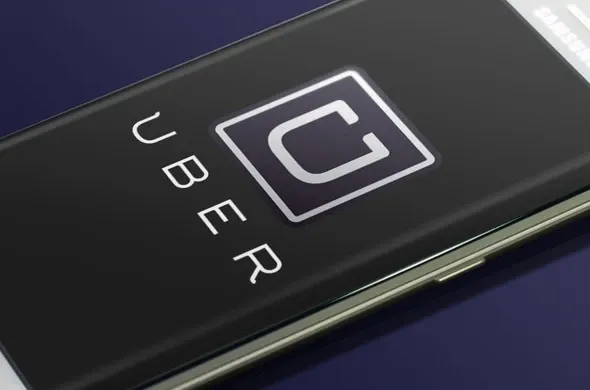Qualcomm Completes Acquisition of Alphawave Semi
Qualcomm completed the acquisition of Alphawave Semi ahead of schedule.

Uber drivers have been complaining that the gap between the fare a rider pays and what the driver receives is getting wider. After months of unsatisfying answers, Uber is providing an explanation: It’s charging some passengers more because it needs the extra cash, according to Bloomberg.
The company detailed for the first time in an interview with Bloomberg a new pricing system that’s been in testing for months in certain cities. Yesterday, Uber acknowledged to drivers the discrepancy between their compensation and what riders pay. The new fare system is called “route-based pricing,“ and it charges customers based on what it predicts they’re willing to pay. It’s a break from the past, when Uber calculated fares using a combination of mileage, time and multipliers based on geographic demand.
Daniel Graf, Uber’s head of product, said the company applies machine-learning techniques to estimate how much groups of customers are willing to shell out for a ride. Uber calculates riders’ propensity for paying a higher price for a particular route at a certain time of day. For instance, someone traveling from a wealthy neighborhood to another tony spot might be asked to pay more than another person heading to a poorer part of town, even if demand, traffic and distance are the same.
The change stems from a feature Uber introduced last year called upfront pricing. By guaranteeing customers a certain fare before they book, the company said it provides more transparency. But it hadn’t previously said how Uber was estimating those prices and continued paying drivers using the old model. Uber will start reporting the price a passenger pays on each ride, though it will stop breaking out the percentage they take of the fare. The company will also send drivers an updated terms of service agreement reflecting the new fee system.
The difference between the calculations of rider fares and driver pay could be the future of Uber’s business. The company said it pockets what’s leftover and could parlay this mathematical framework into moving closer to profitability. In the process, pricing became something of a black box for passengers and another source of tension with drivers. Drivers accused Uber of cutting them out of income they were entitled to and misleading them about what the company was up to.